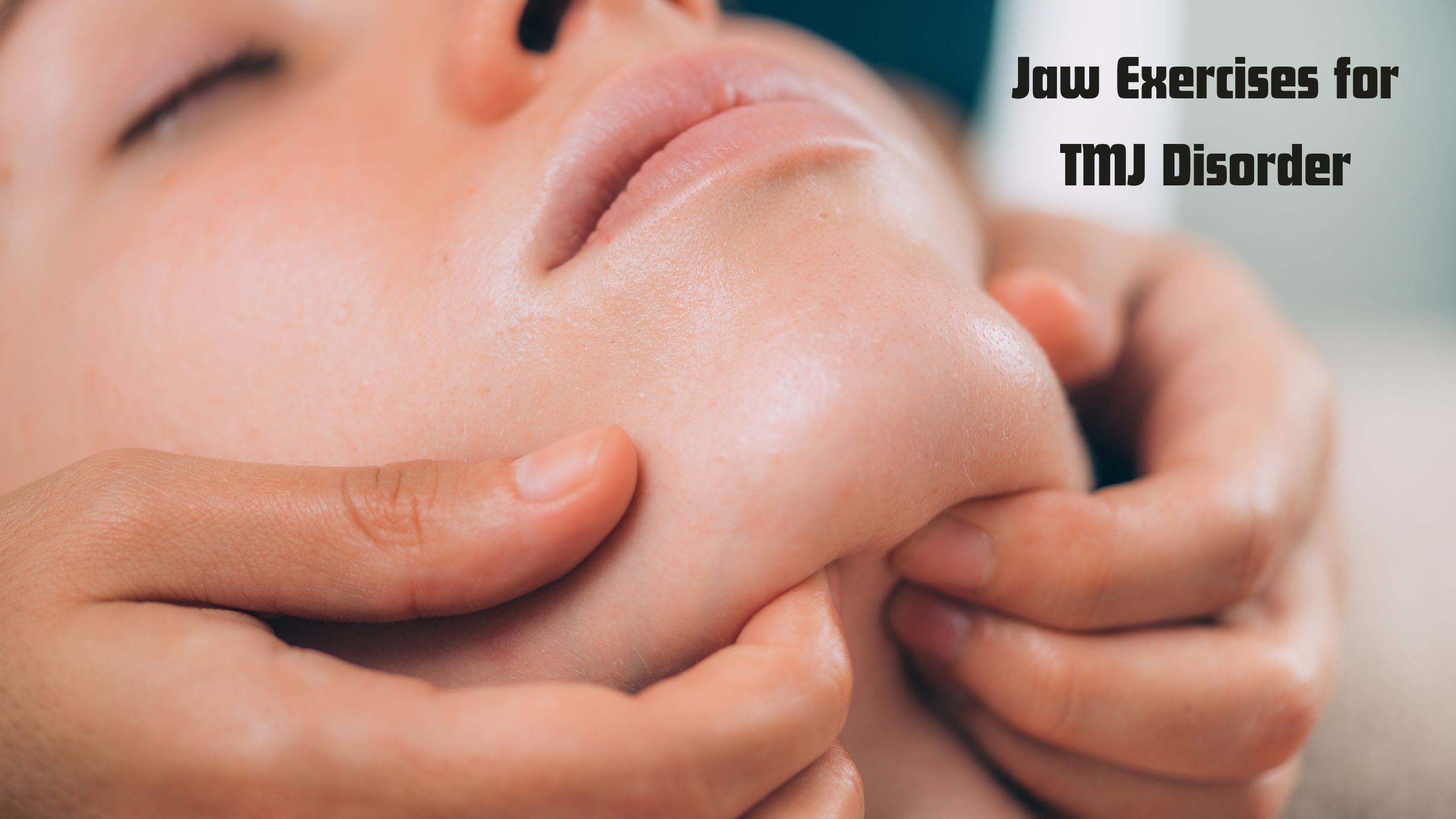Jaw pain, clicking, and stiffness can significantly affect daily life. Many patients experience discomfort when chewing, speaking, or opening the mouth wide. Understanding exercises for tmj disorder empowers patients to manage symptoms and regain jaw function. At our clinic, we provide guidance on effective exercises and professional strategies to relieve tension and improve mobility.
Seeking TMJ Treatment in Rockville MD helps patients access tailored interventions that address the root cause of discomfort. Exercise therapy complements other treatment methods by strengthening jaw muscles, enhancing flexibility, and reducing inflammation. Patients often feel immediate relief from targeted stretches and movements when performed consistently.
Benefits of Jaw Exercises for TMJ Disorder
Regular jaw exercises for tmj disorder can significantly reduce pain and prevent further complications. Strengthening and stretching the temporomandibular joint improves overall function and decreases tension. Exercises can help maintain alignment, reduce headaches, and alleviate stress-related jaw clenching.
- Enhanced Flexibility: Stretching the jaw muscles allows smoother movement and decreases stiffness.
- Improved Muscle Strength: Strengthening exercises support the temporomandibular joint and surrounding muscles.
- Pain Reduction: Gentle repetitive motions help reduce pressure on the joint and relieve discomfort.
- Posture Support: Exercises encourage proper jaw alignment and minimize tension caused by improper head or neck posture.
 Top 5 Exercises for TMJ Disorder
Top 5 Exercises for TMJ Disorder
Performing exercises safely and consistently can improve comfort and function. Patients should follow proper guidance and avoid overstraining the jaw.
1. Relaxed Jaw Stretch
- Place the tongue gently on the roof of the mouth.
- Slowly open and close the mouth while keeping the tongue in position.
- Repeat 5 to 10 times to enhance flexibility and reduce stiffness.
2. Resistance Mouth Opening
- Place a fist lightly under the chin.
- Open the mouth slowly while applying gentle resistance.
- Hold for a few seconds and repeat 5 to 8 times to strengthen the jaw muscles.
3. Side-to-Side Jaw Movement
- Gently move the jaw from left to right without overextending.
- Repeat 10 times to promote lateral mobility and reduce joint tension.
- This movement helps prevent stiffness caused by repetitive jaw clenching.
4. Chin Tucks
- Sit upright and gently tuck the chin toward the neck.
- Hold for 5 seconds and release.
- Repeat 10 times to support proper alignment and improve posture. Consulting a Dentist Rockville MD ensures exercises are performed correctly and safely for optimal results.
5. Controlled Jaw Stretch with Finger Support
- Place fingers on the lower front teeth.
- Slowly open the mouth while providing gentle support with the fingers.
- Repeat 5 to 8 times to stretch the joint without causing pain or strain.
Tips for Safe Exercise Practice
Consistent practice and proper technique enhance the effectiveness of jaw exercises for tmj disorder.
- Start Slowly: Perform exercises gently and gradually increase repetitions.
- Maintain Awareness: Avoid pain-inducing movements and monitor discomfort levels.
- Use Heat Therapy: Applying warmth to the jaw before exercises can relax muscles.
- Track Progress: Keeping a symptom diary helps identify which exercises provide the most relief.
- Integrate Lifestyle Adjustments: Limiting gum chewing, avoiding hard foods, and relaxing the jaw reduces strain and enhances exercise benefits.
Long-Term Management
Incorporating exercises into daily routines supports ongoing jaw health. Regular practice strengthens muscles, improves alignment, and prevents flare-ups. Combining exercises with professional evaluations and oral appliances, if needed, ensures optimal relief. Awareness of stress and posture also helps minimize tension-related jaw issues.
Conclusion
TMJ disorder does not have to interfere with daily life. Incorporating structured exercises and following professional guidance promotes relief from pain and stiffness while enhancing jaw mobility. At our clinic, we offer personalized instruction, supervision, and support to ensure patients benefit from exercises for tmj disorder effectively. Schedule an appointment or request a consultation today to start a tailored exercise plan and improve jaw comfort and function.

 Top 5 Exercises for TMJ Disorder
Top 5 Exercises for TMJ Disorder